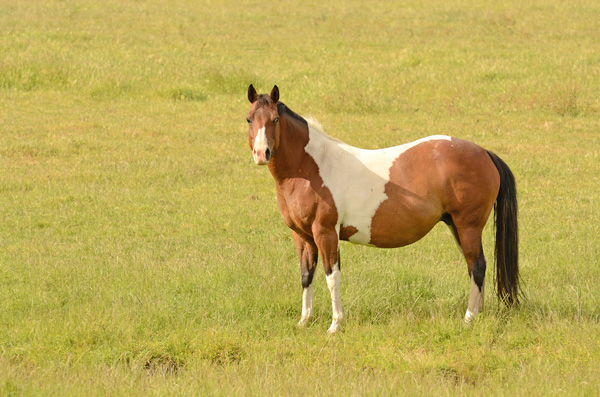How do horses see?Horses have a wide field of vision, with blind spots immediately behind their bodies and below their noses.The ability to see in all directions is invaluable for a horse’s survival in the wild.On the other hand, because of their wide set eyes, horses have monocular vision on each side.This limits their depth perception and means that they must see an unfamiliar object from both sides before they can understand whether or not it is a danger.

As animal care architects, we must consider the unique way that horses see and design spaces that help them feel relaxed.In this article, we will share five useful rules of thumb for designing visually comfortable spaces for horses.
1.Light the work spaces evenly.In barns, deep shadows and bright rays of light can be beautiful and comfortable, similar to standing in the dappled shade under a tree.But in spaces where horses are working or under stress, such as arenas or veterinary spaces, uneven lighting can create anxiety.Design equine work spaces with regularly placed, unobstructed lighting.If possible, use lighting that has a spectrum similar to natural sunlight.
2.Soften and filter natural light.Fabric-roofed arenas make for very comfortable indoor riding spaces because they filter natural light.The effect is a space that is bathed in soft, bright light.The idea of filtering natural light can also apply to traditionally constructed structures.High windows and skylights can be designed with translucent materials to evenly distribute the light in the space, thereby minimizing shadows and glare.
3.Allow horses to see what is coming.If you have worked with horses, you know that they prefer not to be surprised.In arenas and work areas, it is better to locate visible doors at the ends of the space rather than the sides.This gives the horse a better chance of seeing an object or person arriving with both of its eyes.Horses can be especially terrified of unexpected sights at the ground level, such as moving garden hoses, plastic bags, and the like.
4.Design a floor surface that looks solid and even.Horses are spooked by drains, grates, changes of materials, and other features in the floor surface that are difficult to see and visually comprehend.Therefore, the walking surfaces should be designed to be even, unobstructed, and uniform.Drains can be placed to the sides or carefully obscured to reassure the horse that the floor is safe.
5.Give horses a pleasant view.Place equine housing in locations where the view is pleasing and reassuring.Orient views from stalls toward paddocks, pastures, and woods and away from traffic, unloading zones, and utility areas.
In general, it is important to remember that horses are prey animals, so they are very motivated to look for danger in their surrounding environment.Spaces that are designed with horses’ eyesight in mind will perform better and make for happier horses!
Heather E. Lewis joined Animal Arts in August 2000 and has been a principal in the firm since 2004.Her primary area of expertise is the design and management of equine and large animal projects.Heather speaks regularly about the design of large animal facilities at the Veterinary Economics Hospital Design Conference for the Central Veterinary Conference.Heather spoke at the 2012 American Association of Equine Practitioners conference on “the equine hospital of the future.”She has been published on large animal facility design topics in Blackwell’s Five-Minute Veterinary Practice Management Consult and Veterinary Practice News.


